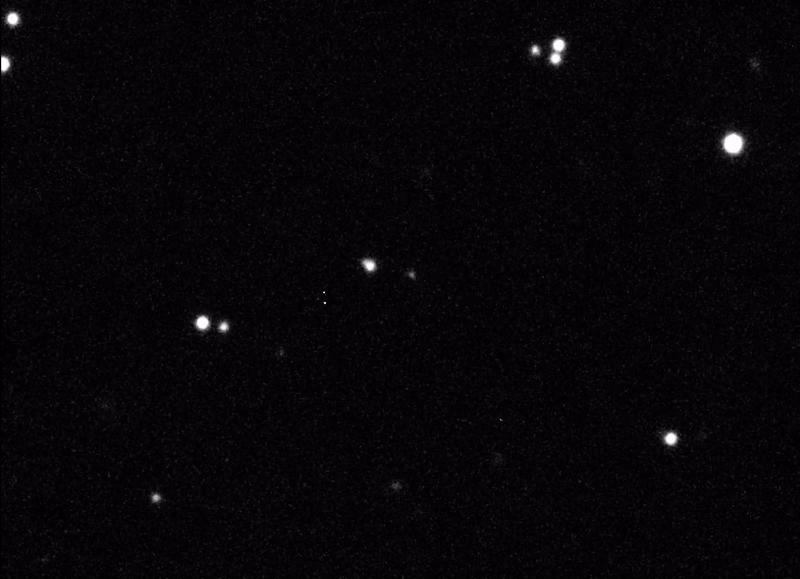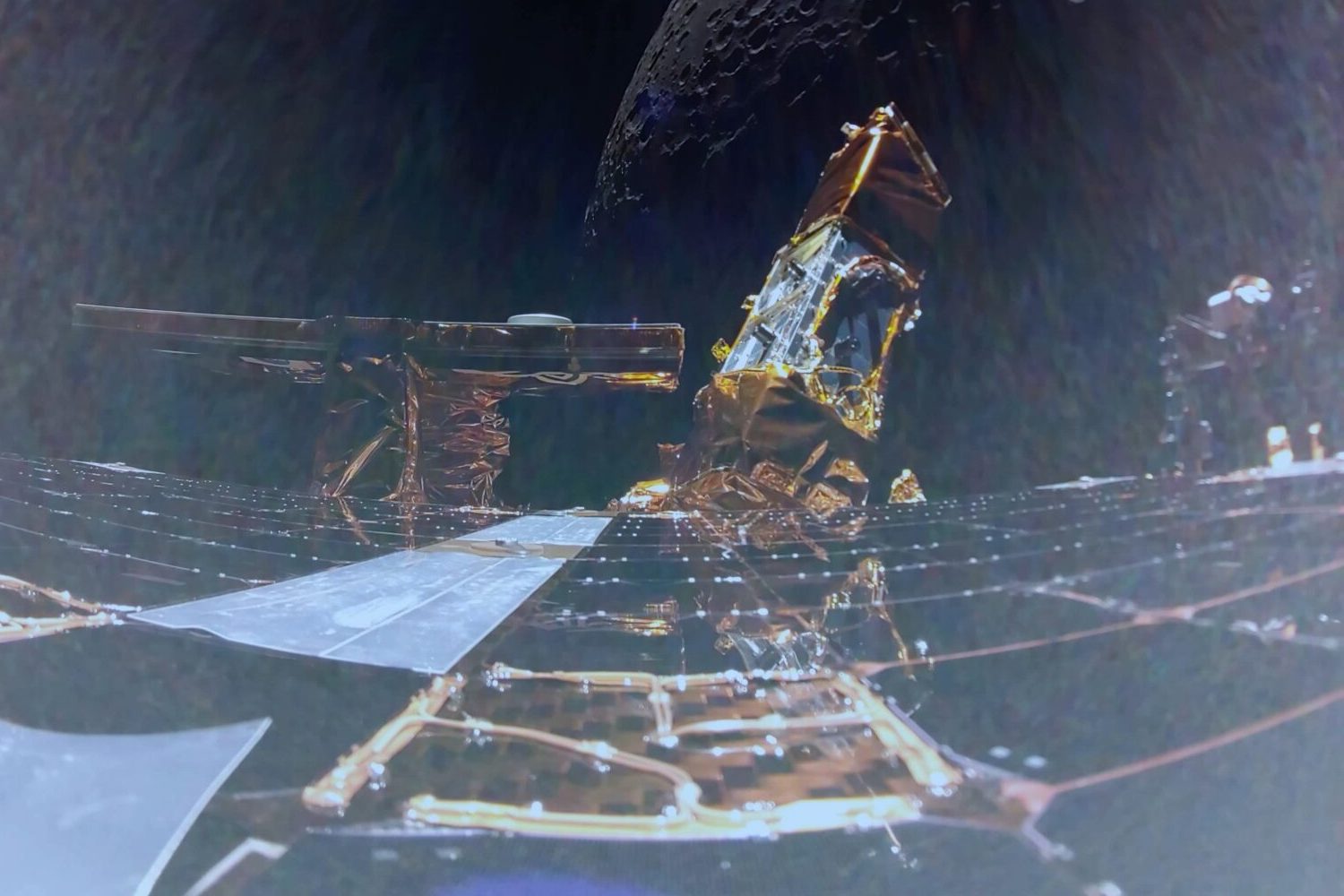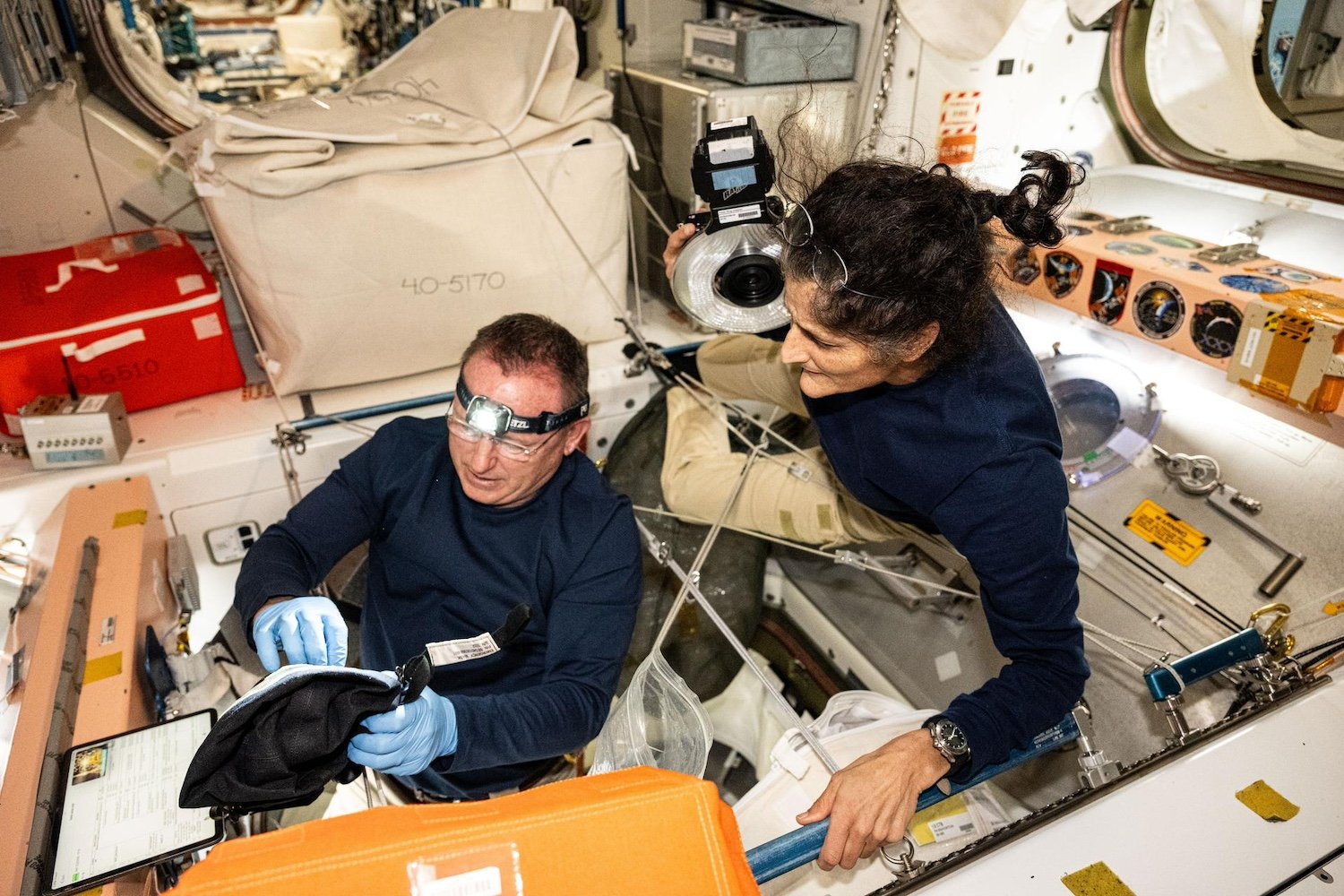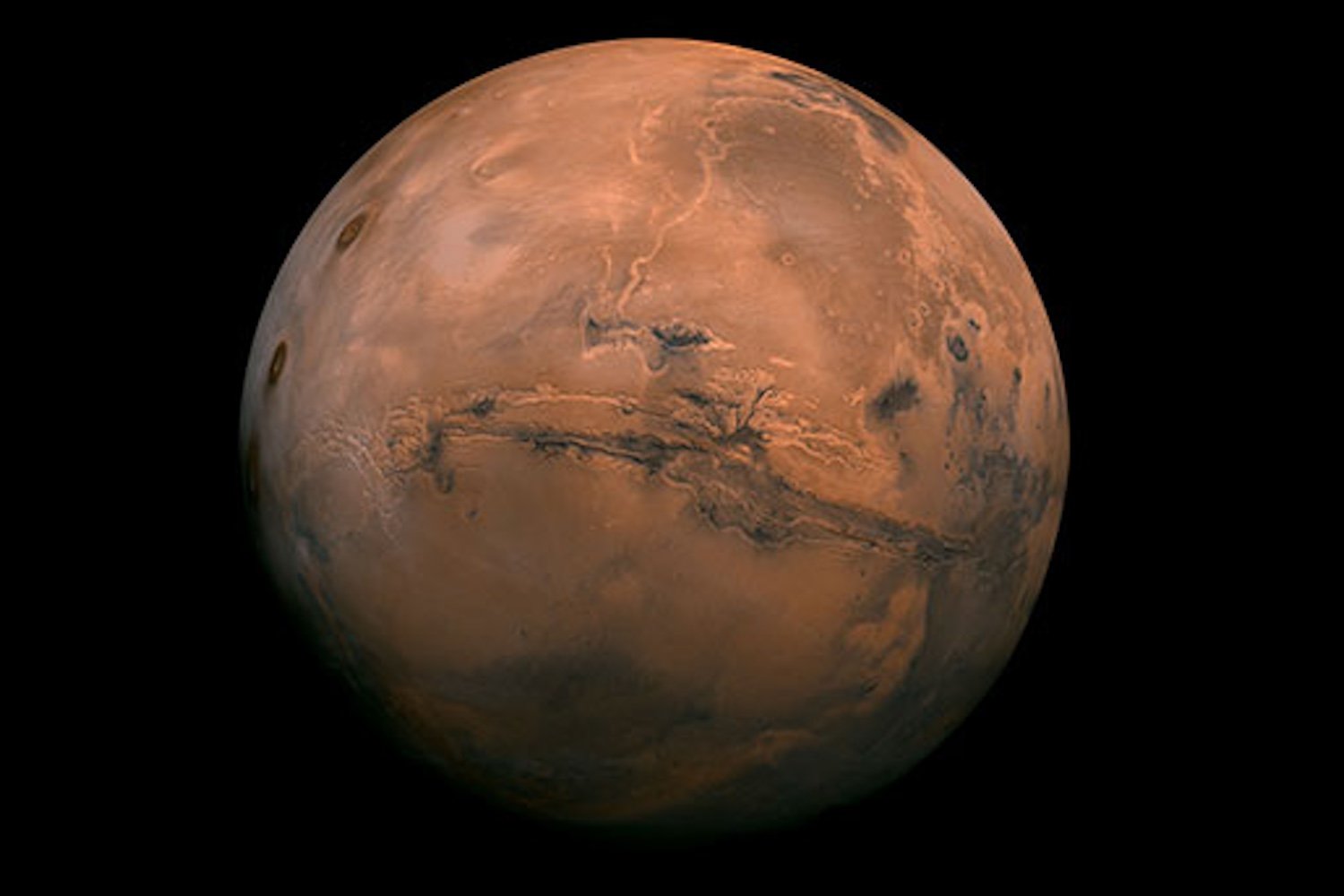Asteroid 2024 YR4, initially detected on December 27, 2024, has drawn the attention of astronomers due to its potential for Earth impact in 2032. NASA’s Center for Near-Earth Object Studies (CNEOS) Sentry tool currently estimates a 1-in-32 (3.1%) chance of impact, making it the highest probability amongst currently tracked asteroids. However, this also means a 96.9% chance that 2024 YR4 will miss Earth entirely.
While 2024 YR4 currently tops CNEOS’s impact probability chart, it’s crucial to understand how these probabilities evolve. NASA continuously refines its calculations for potentially hazardous asteroids (PHAs). In early 2025, the impact odds for 2024 YR4 were significantly lower, around 1.2%. These odds fluctuated, rising to 1.58% and then 2.2% before reaching the current 3.1%. This upward trend prompted NASA to schedule observation time with the James Webb Space Telescope for further analysis.
Historically, asteroid impact probabilities often increase initially as more data is collected and then decrease as the asteroid’s trajectory is refined. As Bruce Betts, chief scientist at The Planetary Society, explained to maagx.com, ongoing observations and modeling reduce uncertainty in the projected path. If Earth remains within this corridor of uncertainty, the impact probability rises. Only when the asteroid’s path is precisely determined, and Earth is confirmed to be outside the range of potential trajectories, will the probability drop to zero.
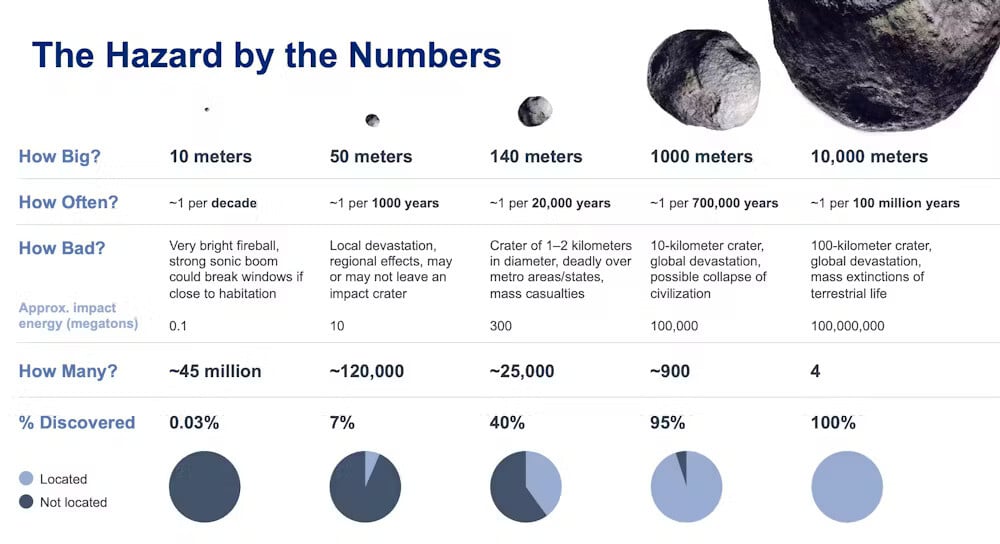 A graphic showing the damage caused by asteroids of different sizes.
A graphic showing the damage caused by asteroids of different sizes.
A potential impact by 2024 YR4, estimated to be between 131 feet (40 meters) and 295 feet (90 meters) wide, could cause significant localized devastation. Even at the smaller end of this size range, the impact would be substantial. NASA estimates the energy released would be around 8 megatons, comparable to the 1908 Tunguska event. The International Asteroid Warning Network has identified a potential impact risk corridor spanning the eastern Pacific Ocean, northern South America, the Atlantic Ocean, Africa, the Arabian Sea, and South Asia.
2024 YR4 is currently classified as a 3 on the Torino Impact Hazard Scale, indicating a 1% or greater chance of collision capable of localized destruction. However, CNEOS anticipates that further observations will likely lead to a reassessment to Level 0, signifying no credible threat. Despite the low probability, continuous monitoring is essential.
The asteroid is presently moving away from Earth and is not expected to return until 2028, with no impact risk during that approach. Crucially, by April 2025, 2024 YR4 will likely be too faint for even the most powerful telescopes to track. Therefore, astronomers are racing against time to gather as much data as possible before it fades from view.
Essential data points include refined estimates of the asteroid’s orbital elements, velocity, spin, size, shape, rotation, and density. Understanding its composition, surface properties, and the influence of non-gravitational forces like the Yarkovsky effect on its trajectory is also critical.
NASA’s DART mission demonstrated the feasibility of altering an asteroid’s trajectory. However, replicating this success is not guaranteed, and ideally, such intervention should be avoided. Scientists are diligently working to determine 2024 YR4’s precise path. Once this is established and Earth’s safety is (hopefully) confirmed, discussions about potential next steps can begin.



